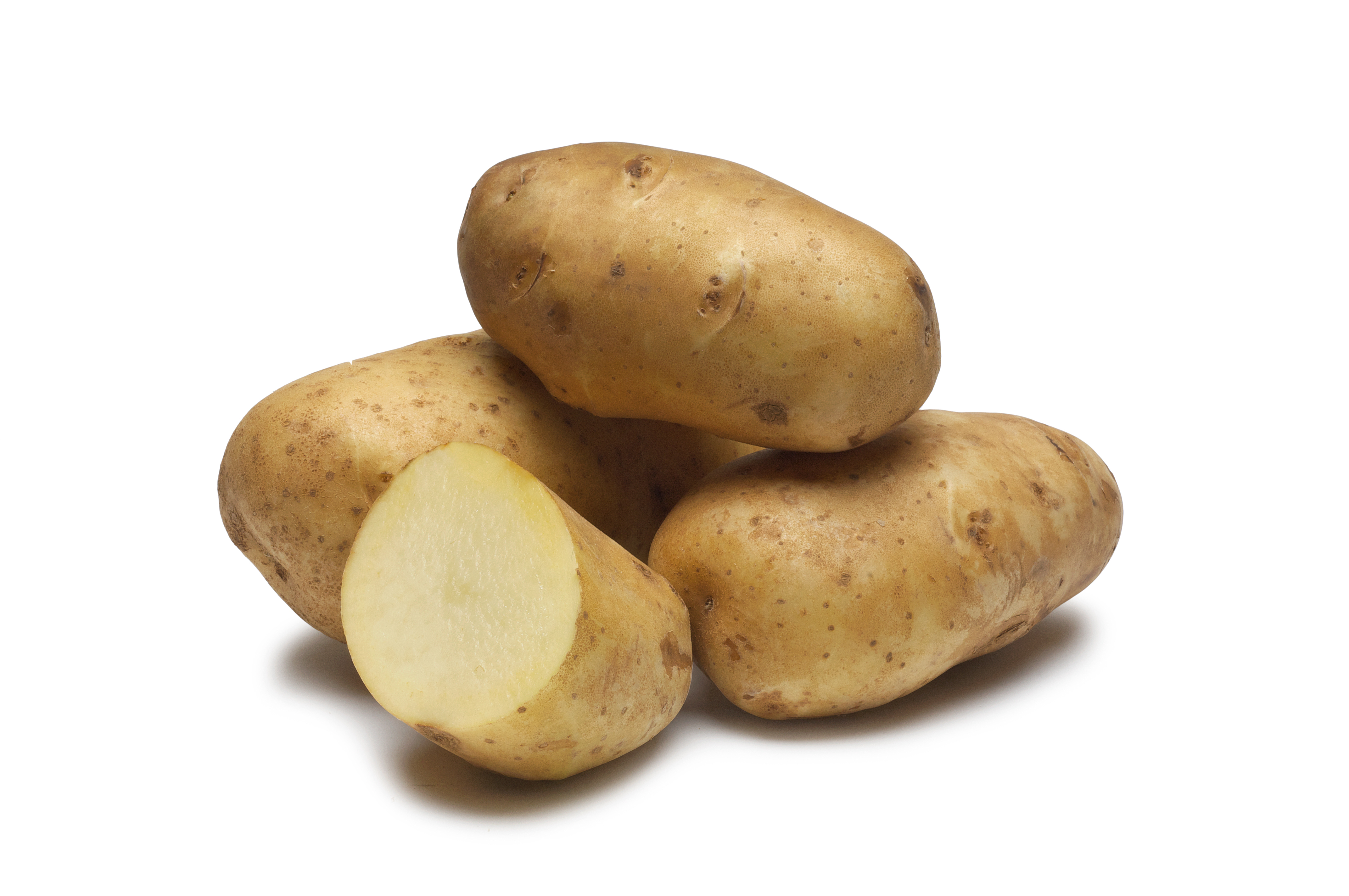This article appears in the November 2017 issue of Potato Grower.
This month we take a look at Palisade Russet, a dual-purpose russet that was introduced in 2012. Palisade Russet has displayed low sugar end occurrence and outstanding disease resistance that makes it a solid choice for organic production. The cultivar’s typically high specific gravity makes it more suitable for areas where gravities range on the lower side.
A big thank-you goes out to Jeanne Debons at the Potato Variety Management Institute for her help in gathering information.

History
Developed by Tri-State Breeding & Research Program, released in 2012
PVP issued in 2012
Parentage: AWN86514-2 × A86102-6
Key Attributes
High marketable yields with few defects
Excellent fresh culinary quality
Exceptional processing following long-term storage at 42 degrees
Strong resistance to late blight, Verticillium wilt, black dot and pink rot
Moderate resistance to PVY and early blight
Characteristics
Medium to late vine maturity
Oblong, lightly russeted tubers with intermediate eye depth and white flesh
High yield potential, with typically high percentage of U.S. No. 1 tubers
Average specific gravity between 1.095 and 1.103 in Northwest
Tuber dormancy about 40 days shorter than Russet Burbank
Suitable for both fresh pack and French fry processing.
Cultural Tips
Requires 10 percent less nitrogen than Russet Burbank
Late-season over-fertilization or over-irrigation leads to increased incidence of shatter bruise
Seed size: 1.5 to 3 ounces
Planting depth: 8 inches from top of seed piece to top of hill
Irrigate similar to Russet Burbank. Maintain ASM between 65 and 85 percent from full emergence until late bulking; reduce to 60 to 65 percent as vines start to senesce.
Production
Palisade Russet seed is currently only grown in Idaho. Check www.pvmi.org for a full list of seed growers.